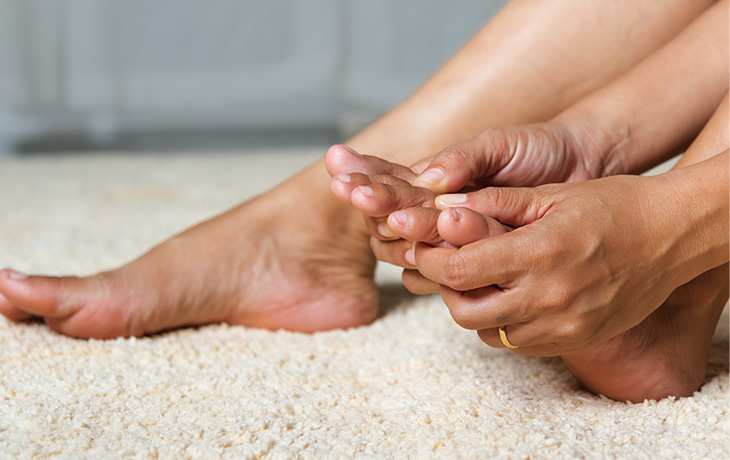
OUR SERVICES
Neuropathy
Programs
Neuropathy isn’t something you have to suffer with. Our Functional Medicine approach to neuropathy treatment is from the inside, out. Neuropathy can be reversed, without medication or surgery. We have tailored programs for you that get results.
Special Introductory Offer
Get your initial consultation, including a one-on-one with the doctor, a Nerve Exam, a report of findings, your first treatment, and your recommended treatment plan. GET STARTED >
Do You Have Neuropathy?
Peripheral neuropathy is a condition that affects the nerves outside of the brain and spinal cord. It can cause tingling, numbness, and burning pain in the hands, feet, and legs. Common symptoms are:
- Sharp / shooting pain
- Numbness
- Tingling / prickling (pins and needles)
- Burning / hotness
- Weakness
- Loss of balance
- Sensation loss
- Cramps, twitches and spasms
- Worsening reflexes
- Hypersensitivity
- Indigestion
- Heart palpitations
- Perspiration
- Organ dysfunction and failure

Traditional neuropathy treatment focuses on managing symptoms, but our functional medicine approach addresses the root causes of the condition. We can help you. Find out more and get started today.
Common Causes of Neuropathy
- Diabetes: High blood sugar levels can damage nerves over time.
- Trauma or Injury: Accidents, falls, or injuries that damage nerves.
- Autoimmune Diseases: Conditions like lupus, rheumatoid arthritis, or Guillain-Barré syndrome can lead to nerve damage.
- Infections: Certain infections like Lyme disease, shingles, HIV, hepatitis C, and others can cause neuropathy.
- Exposure to Toxins: Exposure to certain toxins like heavy metals, chemicals, or drugs (especially chemotherapy drugs) can cause nerve damage.
- Nutritional Deficiencies: Lack of certain antioxidants, vitamins, and minerals can lead to neuropathy.
- Alcohol: Excessive alcohol consumption can damage nerves.
- Heredity: Some forms of neuropathy can be inherited.
- Kidney Disorders: Conditions affecting the kidneys may lead to nerve damage.
- Other Medical Conditions: Thyroid disorders, bone marrow disorders, and other medical conditions can cause neuropathy.
Nerve Examination & Diagnosis
We will diagnose your individual case with the information you provide in your patient intake form, a consultation with the doctor, and a physical Nerve Exam.
This exam will consists of a Thermal Image Scan, where heat patterns can show areas affected by neuropathy—as well as a Sensory Examination, a manual examination with a pinwheel implement to determine the locations and levels of sensory dysfunction. We may also use hot and cold packs to analyze temperature perception.
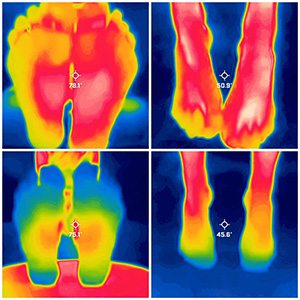
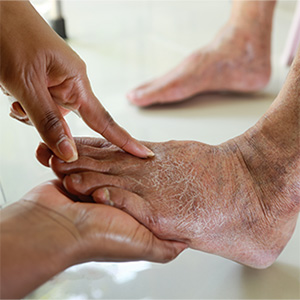
Our Neuropathy Treatments
Based on your examination and report of findings, we will diagnose your personal case and recommend an effective treatment plan. This will consist of a combination of the following treatment techniques.
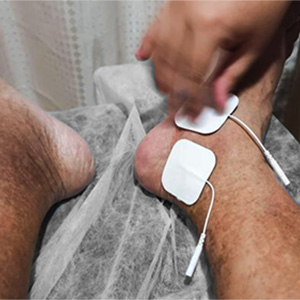
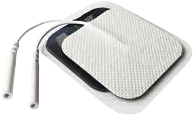
TestlaMax™
TeslaMax is a non-invasive therapy that gently sends small electrical impulses to the affected nerve endings. The science behind TENS treatment is that it increases the blood circulation to targeted areas, stimulating your body’s natural pain relievers, while simultaneously blocking nerve pain transmission to your brain. This means healing to your nerves, as well as relief.


Clinical-Grade Nutritional Supplementation
Our professional-strength nutritional supplementation is meant to treat anything your body may be lacking or unable to properly absorb. Typically, with neuropathy symptoms, there is a severe nutritional deficiency. We will fully evaluate your body’s composition, based on an analysis of blood test results, and make you feel whole again!
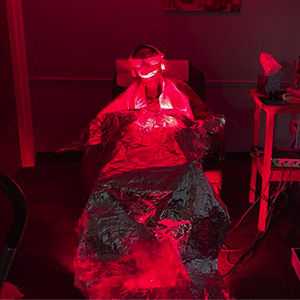
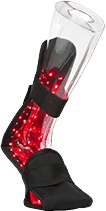
LED Red Light Therapy
Red light therapy involves the use of low-level wavelengths of red light to alleviate symptoms. This non-invasive treatment penetrates the skin to reach affected areas and stimulate cellular activity, potentially reducing pain and improving nerve function—enhancing circulation and decreasing inflammation to offer relief from neuropathy.

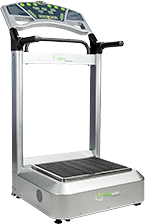
Vibration Therapy
These treatments aim to reduce neuropathy symptoms by stimulating nerves, potentially improving their function and reducing discomfort. Vibrations activate receptors in the skin, increasing activity of nerves and muscle tissue, and increasing circulation. This treatment has also been shown to support bone health.
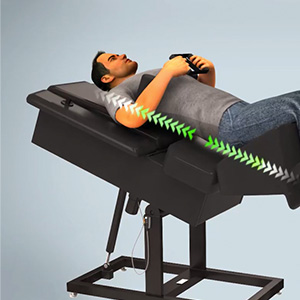
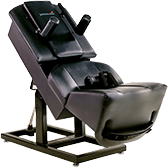
Back On Trac Spinal Decompression
Spinal decompression is occasionally explored as a complementary treatment for neuropathy. By creating space between vertebrae, this technique aims to alleviate compression on nerves, offering a possible avenue for easing neuropathic pain or discomfort.
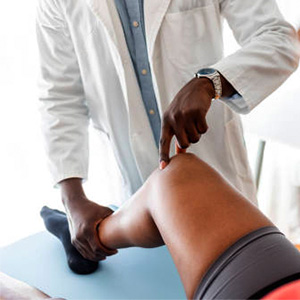
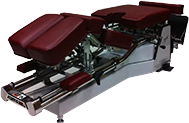
Adjustments and Manipulation
Chiropractic treatments are used as part of a multifaceted approach. The aim is to alleviate pressure on nerves and improve their overall functionality. By realigning the spine and manipulating parts of the body, chiropractic care seeks to address potential sources of nerve distress that could be causing issues with the systems of the body, contributing to a neuropathathic condition.
What to Expect in Our Neuropathy Programs
Everyone’s body is different, and the severity of neuropathy varies from person to person, so your treatment program will be formulated for you and your condition. The following is provided as an example to give you an idea of the path our treatment programs follow.
Your First Visit
Your introductory 85% off initial consultation will include:
- One-on-one doctor consultation.
- Nerve exam.
- Report of findings.
- First treatment.
- Recommend a treatment plan tailored to you.
Starting Your Program: Rescue Stage
Starting your treatment program:
- We set up lab testing.
- We begin physical treatments for hands and/or feet.
- Programs last 3 to 6 months (around 24 to 48 visits), twice a week (depending on severity), with visits lasting 1:30 – 2 hrs.
- Upon receiving lab test results we begin your precise, clinical-grade supplemental program.
- The program includes instructions and coaching on a diet plan based on your lab results.
Repair Stage
Refining your treatment program:
- Follow-up lab testing.
- Identify any other chronic conditions expressing themselves.
- Schedule another report of findings consultation.
- Address any remaining or new conditions.
Recover Stage
After completing your treatment program:
We will recommend an ongoing general wellness plan involving occasional visits and nutritional supplement support.

